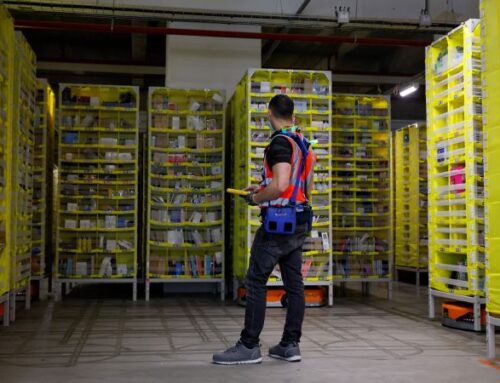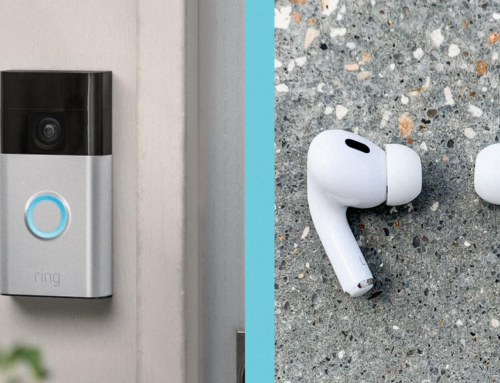California Public Health Department Aims to Make Hemp THC Ban Permanent
June 16, 2025
The California Department of Public Health (CDPH) issued a proposal on June 13 to permanently ban hemp-derived intoxicating cannabinoid products, including those with trace amounts of THC.
The CDPH estimates that the proposal would cause 115 businesses to close and 18,478 jobs to be lost in five years after implementation, with $3.14 billion in lost revenue.
“Impacts on revenue affect the ability of businesses to remain financially stable and economically viable, and to have sufficient monthly cash flow to cover overhead and operating costs,” according to the CDTFA’s 22-page notice of proposed rulemaking. “These impacts disproportionately affect small businesses.”
Under the CDPH’s current regulations, which Gov. Gavin Newsom issued emergency rules for in September 2024, industrial hemp food, beverages and dietary supplements intended for human consumption must have no detectable THC or any “comparable cannabinoid” per serving, have a minimum purchase age of 21 and have no more than five servings per package.
These emergency rules collide with the 2018 Farm Bill’s federal definition of hemp, which can contain up to 0.3% delta-9 THC on a dry-weight basis during a pre-harvest field test. However, the federal legislation allows states to enact more stringent regulations surrounding their hemp programs.
While the emergency regulations are set to expire on Sept. 23, 2025, the CDPH’s latest proposal to permanently ban intoxicating hemp products with detectable amounts of THC is now under a 45-day rulemaking period, after which the department will consider all public comments, objections and recommendations. The CDPH scheduled a public hearing at 10 a.m. July 28.
Despite the adverse economic impacts, the department’s proposed regulations would “protect public health and safety by protecting consumers, especially youth under 21 years of age, and reducing risk of illness, injury or death,” according to the CDPH’s June 13 notice.
That sentiment mimics comments Newsom made in September, when he said his administration was taking action to close loopholes and increase enforcement to prevent children from accessing dangerous and unregulated products.
“We will not sit on our hands as drug peddlers target our children with dangerous and unregulated hemp products containing THC at our retail stores,” the governor said.
While children under 21 with certain health conditions would still have access to California’s medical cannabis program, they would no longer have access to hemp CBD products. The CDPH projects that only a “small number” of nonintoxicating CBD products would likely remain outside of the licensed cannabis market under the department’s proposal.
To comply with the proposed regulations (and the current emergency regulations), hemp product manufacturers would need to use a purified CBD isolate that eliminates traces of total THC.
“CBD isolate and other cannabinoid isolates that contain no detectable total THC are costly,” according to the CDPH’s notice. “It is estimated that there were not any preexisting hemp products in the California market, prior to the emergency regulations, that would have reliably complied with the no-detectable-total-THC standard. Many products previously available that were marketed as ‘CBD’ had very low levels of total THC but would still have been noncompliant with the proposed regulations due to trace amounts of total THC that would still be detectable at some level.”
The department projects roughly 100 of the state’s 115 licensed hemp manufacturers would be eliminated from the marketplace. Of the 15 CDPH-licensed manufacturers remaining in the market, approximately 10 would be expected to incur relabeling costs at an average of $20,000 per business. In total, about 50 businesses would incur those relabeling costs.
Before the emergency regulations took effect in September, intoxicating hemp products were sold at vape shops, gas stations and convenience stores statewide with no rules in place for age gating or marketing to youth shoppers. According to the CDPH, some hemp manufacturers marketed products to children with graphics and labeling that mimicked brands of popular candies and snacks.
Less than eight months after the emergency rules were in place, Newsom announced in May that 99.7% of state-licensed alcohol establishments were in compliance; however, the governor’s administration did not report compliance rates for unlicensed retail businesses. The projected enforcement compliance cost under the CFPH proposal is $785,000 per year.
The CDPH considered alternatives that would lessen any adverse economic impact on businesses and invited the public to submit proposals by email ([email protected]), fax (916-636-6220) or postal service (California Department of Public Health, Office of Regulations, 1415 L Street, Suite 500, Sacramento, CA 95814).
The CDPH estimates that the most impacted business type under the proposal would be carry-out retailers, which would experience a $2.02 billion revenue decrease in the first five years, while manufacturers ($615 million), food service retailers ($268 million) and wholesalers ($227 million) would also be impacted.
The department also anticipates that many of California’s roughly 70,000 residents who regularly consumer hemp products will likely substitute their in-state purchases with mail orders from out of state. This will impact California businesses’ ability to compete with other states.
“All the businesses affected will experience a decrease in competitiveness, and manufacturing and processing of hemp products will move out of state,” according to the CDPH’s notice. “Out-of-state businesses and the illegal market will supply the California THC hemp market.”
Under the rulemaking process, the department must determine that “no reasonable alternative” that it considered or was brought to its attention would more effectively carry out the purpose of the proposal: to protect the public health and safety.
Search
RECENT PRESS RELEASES
Related Post



